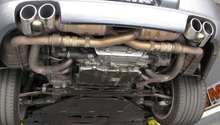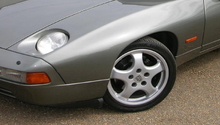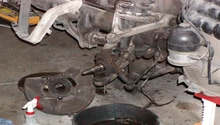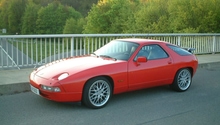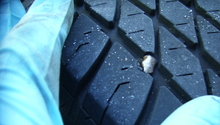Porsche: Why Do My Tires Thump?
There are many causes to explain a thumping tire. Here are some potential tire issues.
This article applies to the Porsche 928, Porsche 993, and Porsche 997 (1979-2012).
A tire thump is annoying and often scary. Here are a few steps to take to diagnose this issue once and for all.

Materials Needed
- Tire Iron
- Jack
- Jack stands
- Socket set
Step 1 – Check the lug nuts
A loose lug nut can cause the wheel to move side to side which, obviously, would lead to a “thumping” sound. If you find a loose lug nut (or two), check the lug holes on the wheel; a loose lug nut can cause these holes to widen, which means the wheel might (eventually) need to be replaced. A loose lug nut can also cause the studs of the car to break due to the repeated force with which the wheel strikes against them. Worst case scenario: a loose lug nut falls off, which causes the wheel of the car to tear away while it’s being driven.
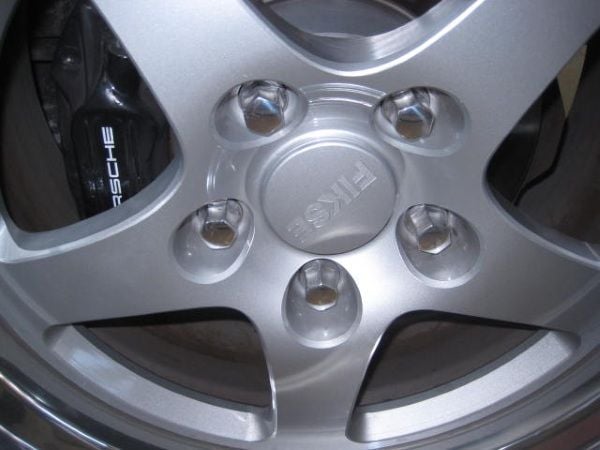
Step 2 – Check the tires' wear
Unevenly worn tires can be caused by a range of issues, from a defect in the tire to bad alignment, a worn out suspension system, or not having the tires rotated on a regular basis. Ultimately, though, a wearing issue with a tire can cause it to make a “thumping” sound. A visual inspection and running one’s hands along the tire is a good first step to seeing if there are any obvious signs of uneven wear. Make sure to check along the edges of the wheel as well as the middle section and compare it to the rest of the tire to see any discrepancy in its physicality. If you notice any wear on the tire, it should be replaced. When you have this done, make sure to check the suspension of the car, as well as its alignment, to ensure this problem does not happen again.
Related Articles
- Porsche 928: How to Align Your Tires - Rennlist.com
- Porsche 993: How to Align Your Tires - Rennlist.com
- Porsche 997: How to Align Your Tires - Rennlist.com
- Porsche: Why Are My Tires Wearing Unevenly? - Rennlist.com

Step 3 – Check for unbalanced tires, bubbles, and flat spotting
Tires are not molded perfectly round, so wheel weights may need to be added in order to help balance the rotating mass. It’s a bit hard to do, so you’d be best served to have a tire shop or auto body specialist perform the task.
Bubbles occur when the belt on the interior of the tire breaks and the air pressure pushes directly on the rubber. There’s no repairing a bubble, so should you happen to find yourself with one on a tire, you’ll need to replace the tire, otherwise it will eventually blow out.
As far as flat spotting, this issue occurs when the car sits for too long (about 10-20 days or so). You can test for flat spotting by rotating the wheel to a different position on the car to see if the “thumping” sound moves with it. If it doesn’t go away, you’ll need to either have your tire replaced, or have it balanced by a tire technician.
(Related Article: Porsche: How to Change a Tire - Rennlist.com)
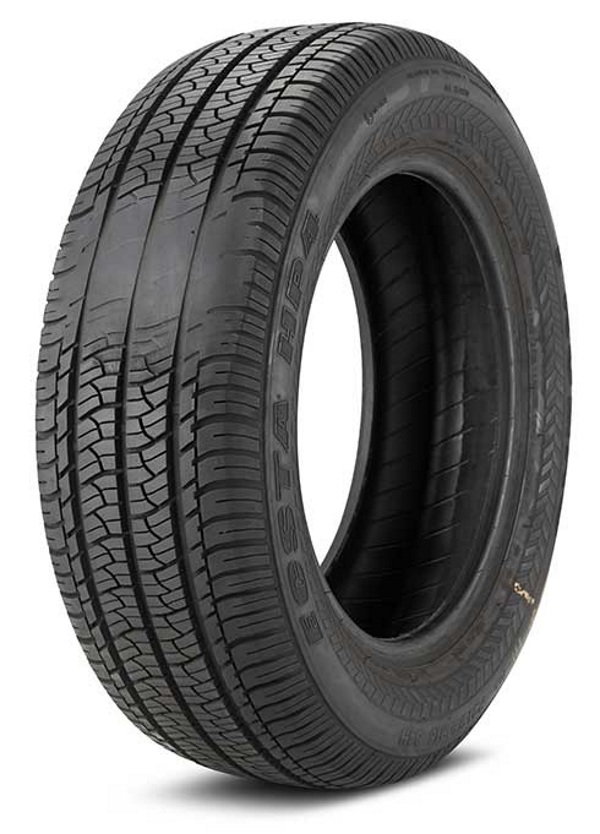
Step 4 – Check the suspension
If you’ve checked the tires and the “thumping” sound is still occurring, then you may want to move to the inside of the car and check out the suspension components. Bad tie rod ends will vibrate in the steering wheel; bad ball joints will make a sort of “popping” sound when turning the steering wheel, and bad wheel bearings will sort of “whir” while driving.
All of these sounds can be a bit difficult to hear at first, but if they go unchecked for some time, they can turn in to more of a thumping noise.
Related Articles
- Porsche 928: How to Install Tie Rod Ends - Rennlist.com
- Porsche 993: How to Install Tie Rod Ends - Rennlist.com

Related Discussions
- Thump Thump Thump - Rennlist.com
- Porsche 928: How to Jack Up Your Porsche - Rennlist.com
- Porsche 993: How to Jack Up Your Porsche - Rennlist.com
- Porsche 997: How to Jack Up Your Porsche - Rennlist.com

